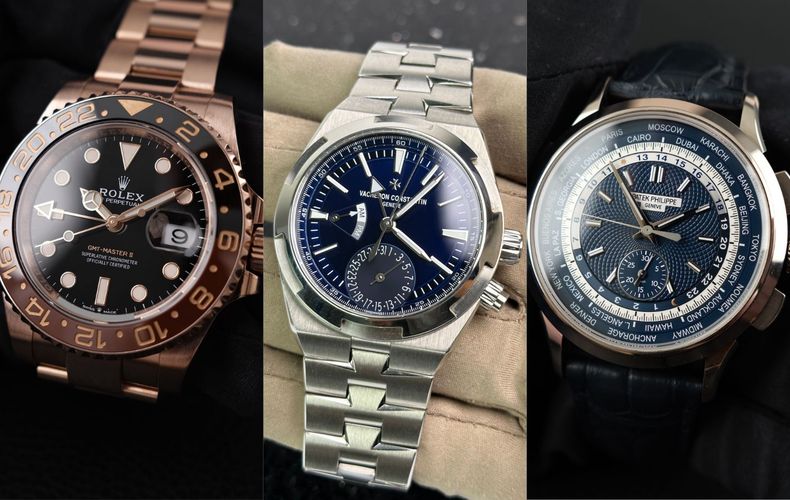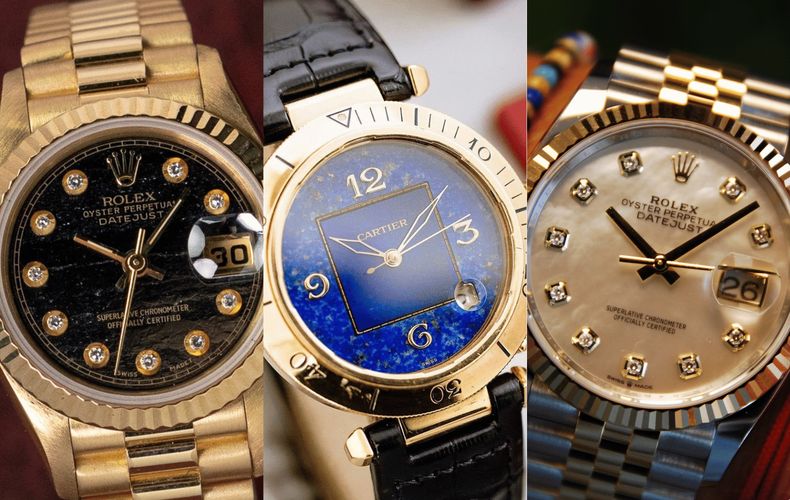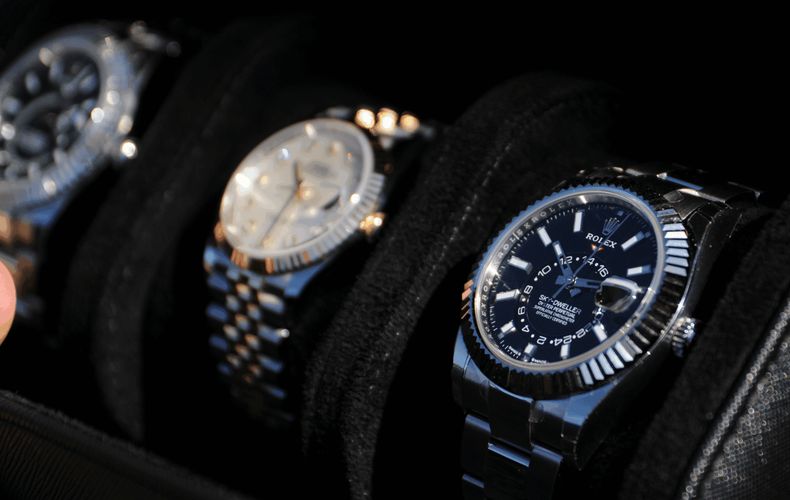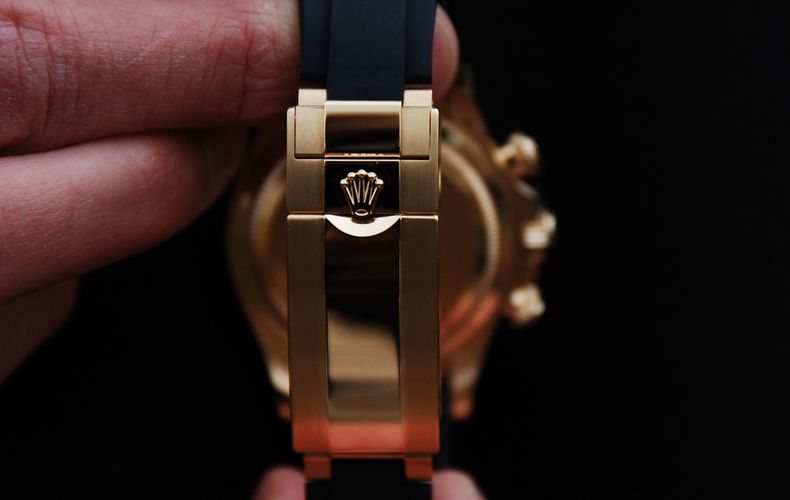First Things First: What Is a Chronometer?
In watchmaking, “chronometer” has a specific meaning. It’s not just a fancy name, it’s a label that can only be used if the watch meets strict performance criteria. While most chronometer certifications are awarded to mechanical movements, high-precision quartz watches, like the Rolex Oysterquartz, have also met the COSC standards and earned the chronometer label. Not in theory, but in practice. It has to prove itself under pressure. That precision isn’t a given. Most mechanical watches fluctuate in accuracy depending on how you wear them, how long they sit still, even how warm or cold it is outside. Chronometer certification exists to set a bar. If a watch meets that bar, you can trust that it’ll do its job, wherever your day takes you.



















